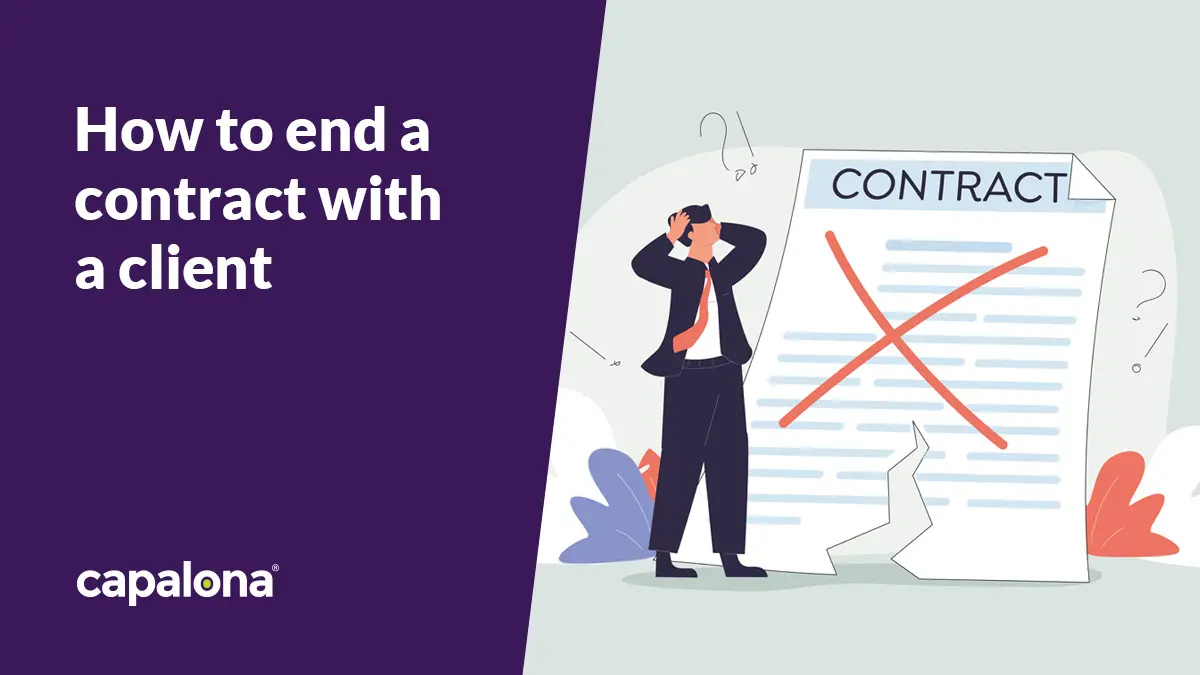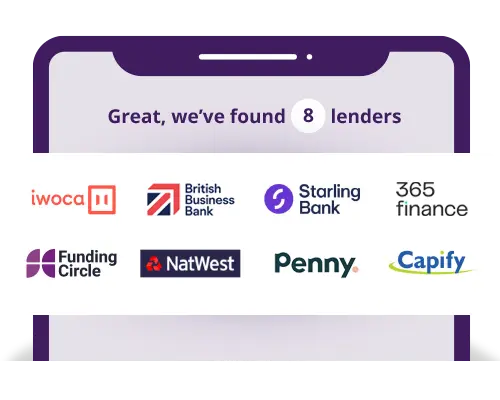What is Intellectual Property?
Intellectual property (IP) refers to intangible creations used in commerce, including inventions, symbols, names, images and product designs. The law protects these assets, giving their creators exclusive rights, meaning only they can use or profit from them. Types of intellectual property include copyrights, patents, trade secrets and trade marks.
Your intellectual property is one of your most valuable assets. By safeguarding your IP, you can maintain your competitive advantage in the marketplace.
According to data from Gov.uk, there were 18,854 patent applications made in 2021. So if you’re new to business management and hoping to submit a patent application but don’t know how to register your intellectual property, keep reading to learn more.
Determine what your intellectual property is
It’s useful to start by carrying out an inventory of your IP assets. Analyse what assets you have and which you’d like to protect others from stealing. Assets could include marketing materials such as logos or taglines, or product designs. When you identify what assets need protecting, only then can you take steps to protect them.
Check if your intellectual property is protected
If you want to check whether your intellectual property is already protected, there are a few websites you can go on depending on which intellectual property you’d like to check.
- For trade marks, visit gov.uk for their search for a trade mark functionality.
- For patents, the government website also has a separate section to check for these. Search for patents here.
When you do protect your intellectual property, you’ll receive documents that prove your ownership and exclusive rights to the IP. There are two types of document copies, certified and uncertified. A certified copy is the original document and can prove your legal ownership in a court case. An uncertified copy is a photocopy of the details on the register. An uncertified copy can only be used for personal use or the purpose of research.
The documents you receive will be physical copies and cannot be accessed online.
How to register your intellectual property
You can register your IP by filling in a form online and completing the form, and sending it by post. Regardless of the type of intellectual property you want to protect, after submitting your form, the Intellectual Property Office (IPO) will examine your application and send you an ‘examination report’ - this process can take up to three weeks. This report will tell you if there are any problems with your application.
How to submit your application to register a trade mark
If you don't want any other company using your brand name, logo or even numbers that are specific to your brand, you can get a trade mark through the Intellectual Property Office, using the UK government website.
You'll have to choose which class you want your trade mark under. Once submitted, the public has a set amount of time to contest your application, and if no one comes forward, the trade mark is all yours. Once you have the trade mark, you can update all your branding with the TM logo so other people know that it's protected. This means you can take legal action against any person or business that uses your brand without your prior consent.
It can take up to four months for a trade mark application to be processed.
How to get a Patent
Patents help protect inventions that don't exist or have never been thought of before. The process is a little more complicated than a trade mark, and you'll want to be crystal clear on what you're trying to protect.
To apply for a patent, you’ll need to prepare documents that describe your invention in detail - these documents will then need to be filed with the Intellectual Property Office, and it’ll cost you £310 to process your patent application and it can take up to five years to patent an invention.
Breakdown of £310 Patent Application Costs:
- Application Fee: £60
- Search Fee: £150
- Examination Fee: £100
How to get a Copyright
As soon as the work has been created, you automatically have copyright protection, so you do not have to apply for a copyright. You can use the copyright symbol (©) on all your creations, but even if you don’t use the symbol, that doesn’t mean your work isn’t protected by copyright.
Different types of work have different copyright expiry dates. For example, copyrights on films last 70 years after the death of the director, screenplay author and composer. But, in published editions of written work, the copyright lasts 25 years from the date it was published.
Reassess your intellectual property regularly
Securing a trade mark or a patent isn't a one-time thing. As your business grows and changes, you'll want to reassess your intellectual property. Anytime you develop a new product, create a new service or alter your branding or taglines.
Don’t get complacent, you need to continually review your position, so it makes it harder for competitors to take all your hard work and reap the benefits for themselves.
Methods of Protecting Intellectual Property
First, check that your IP is original
You can search for a patent or a trade mark using the government website. You can search using trade mark number, owner or keyword phrase or image. You should complete these searches at the beginning of your product development to check whether it’s an idea already owned by someone else.
Check for Intellectual Property Infringement Online
Sadly, having your IP protected doesn’t stop people from trying to steal it. You can check for IP infringement by simply searching for it online. IP infringement could be someone passing your designs off as their own or creating false websites to try and pass themselves off as you.
Protect your Intellectual Property outside of the UK
Your IP rights do not extend to other countries. This means that you’re IP is only protected in the country it’s granted or registered in. If you trade overseas or are thinking about doing so, you should apply to protect your intellectual property in all countries you plan to trade in.
Be aware of Intellectual Property Scams
If you’re asked to pay to register your details, this could be a scam, and you should tread carefully. When you make patent or trade mark applications, you should only use the Intellectual Property Office (IPO) or European Patent Office to apply. Or, you can utilise your specialist solicitor to do so on your behalf.
Laws that protect against Intellectual Property
When you protect your intellectual property, and a patent or trade mark is granted, your IP is then protected by law. This means the law gives you the right to be the only person who can use and distribute your work.
How to Report Intellectual Property Theft
You can take legal action against any individual or business if they infringe on your intellectual property. You can also report them to Trading Standards through Citizens Advice.






